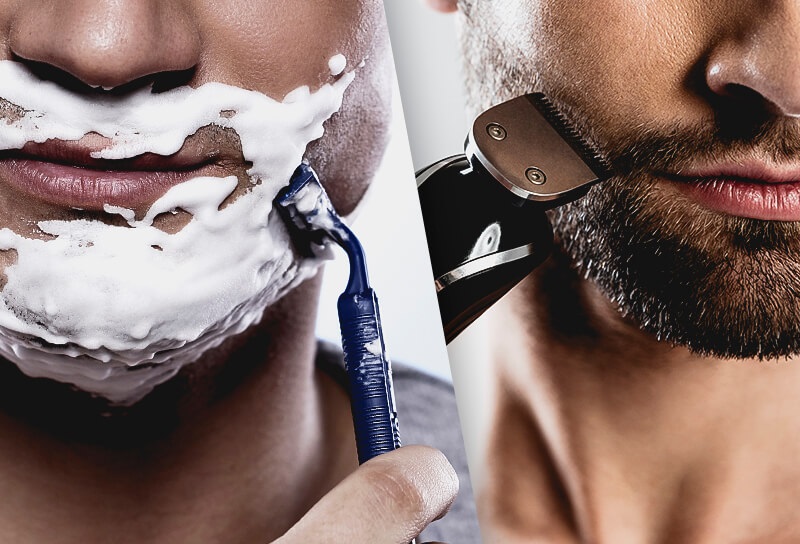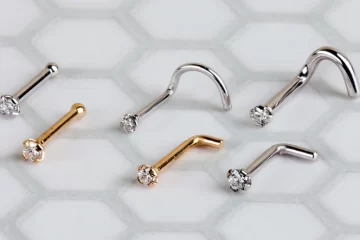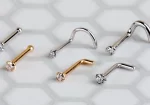Shaving Machine Vs. Traditional Razor: Decoding The Pros And Cons

When it comes to removing unwanted hair, the debate between using a shaving machine and a traditional razor has been ongoing for years.
Both methods have their merits and drawbacks, and understanding the pros and cons of each can help you make an informed decision about which option suits you best.
In this article, we will delve into the key aspects of shaving machines and traditional razors, shedding light on their advantages and disadvantages.
So let’s dive in and decode the pros and cons of these two popular hair removal tools.
Shaving Machine: Advantages
Convenience
One of the significant advantages of using a shaving machine is its convenience. Shaving machines, also known as electric shavers, offer a quick and efficient way to remove hair. With their cordless and portable design, they allow you to shave anytime and anywhere without the need for water or shaving cream.
Time-Saving
Shaving machines excel in saving time. Unlike traditional razors that require lathering up and multiple passes, shaving machines can provide a close shave in a fraction of the time. This makes them a popular choice for individuals with busy lifestyles or those who prefer a quick grooming routine.
Reduced Risk of Cuts and Irritation
Shaving machines are designed to minimize the risk of cuts and skin irritation. They typically have a protective foil or rotary blades that glide over the skin, reducing the chances of nicks and razor burns. This makes them an excellent option for people with sensitive skin or those prone to shaving-related skin issues.
Versatility
Shaving machines offer versatility in terms of grooming styles. Many models come with adjustable settings, allowing you to customize the length of your facial hair. This is particularly beneficial if you prefer different beard styles or want to maintain a well-groomed stubble look.
Shaving Machine: Disadvantages
Initial Cost
One of the primary drawbacks of shaving machines is their initial cost. Compared to traditional razors, shaving machines tend to be more expensive upfront. However, it’s essential to consider the long-term cost as well, as shaving machines eliminate the need for frequent blade replacements.
Learning Curve
Using a shaving machine requires a certain level of skill and practice. Some individuals may find it challenging to maneuver the device properly, especially in tricky areas like the neck or jawline. It may take time to master the technique and achieve the desired results.
Battery Dependence
Shaving machines rely on batteries or rechargeable power sources. This means you need to ensure they are adequately charged for optimal performance. Forgetting to charge the device can be inconvenient, especially when you need to shave in a hurry.
Traditional Razor: Advantages
Affordability
Traditional razors are widely available and relatively inexpensive. You can find a range of options to suit different budgets, from disposable razors to reusable safety razors. This affordability makes traditional razors accessible to a broader audience.
Close Shave
Traditional razors are known for providing a close and precise shave. With a sharp blade and proper technique, you can achieve a smooth finish that lasts longer. This is particularly beneficial for individuals with fast hair growth or those who prefer a consistently clean-shaven appearance.
Easy to Use
Traditional razors are simple to use and require minimal preparation. All you need is a razor, some water, and shaving cream or gel. This makes them a convenient choice, especially when traveling or on the go.
Traditional Razor: Disadvantages
Potential for Cuts and Irritation
The use of traditional razors carries a higher risk of cuts, nicks, and skin irritation. Improper technique, dull blades, or inadequate lubrication can lead to these issues. Individuals with sensitive skin or prone to razor bumps may find traditional razors less suitable for their needs.
Time-Consuming
Achieving a close shave with a traditional razor often requires more time and effort. The process typically involves lathering up, performing multiple passes, and rinsing the blade frequently. This can be a disadvantage for those seeking a quick grooming routine.
Blade Replacement
Traditional razors require regular blade replacements, which can add to the long-term cost. Depending on your shaving frequency and the quality of blades used, this ongoing expense should be considered when evaluating the overall cost-effectiveness.
Conclusion
In the battle between shaving machines and traditional razors, both options have their strengths and weaknesses. Shaving machines offer convenience, time-saving features, and reduced risk of cuts and irritation. On the other hand, traditional razors provide affordability, a close shave, and ease of use. Choosing between the two depends on your personal preferences, budget, and the level of grooming precision you desire. Whether you opt for the modern technology of a shaving machine or the classic approach of a traditional razor, maintaining proper hygiene and following the recommended shaving practices will ensure a comfortable and satisfying shaving experience.












